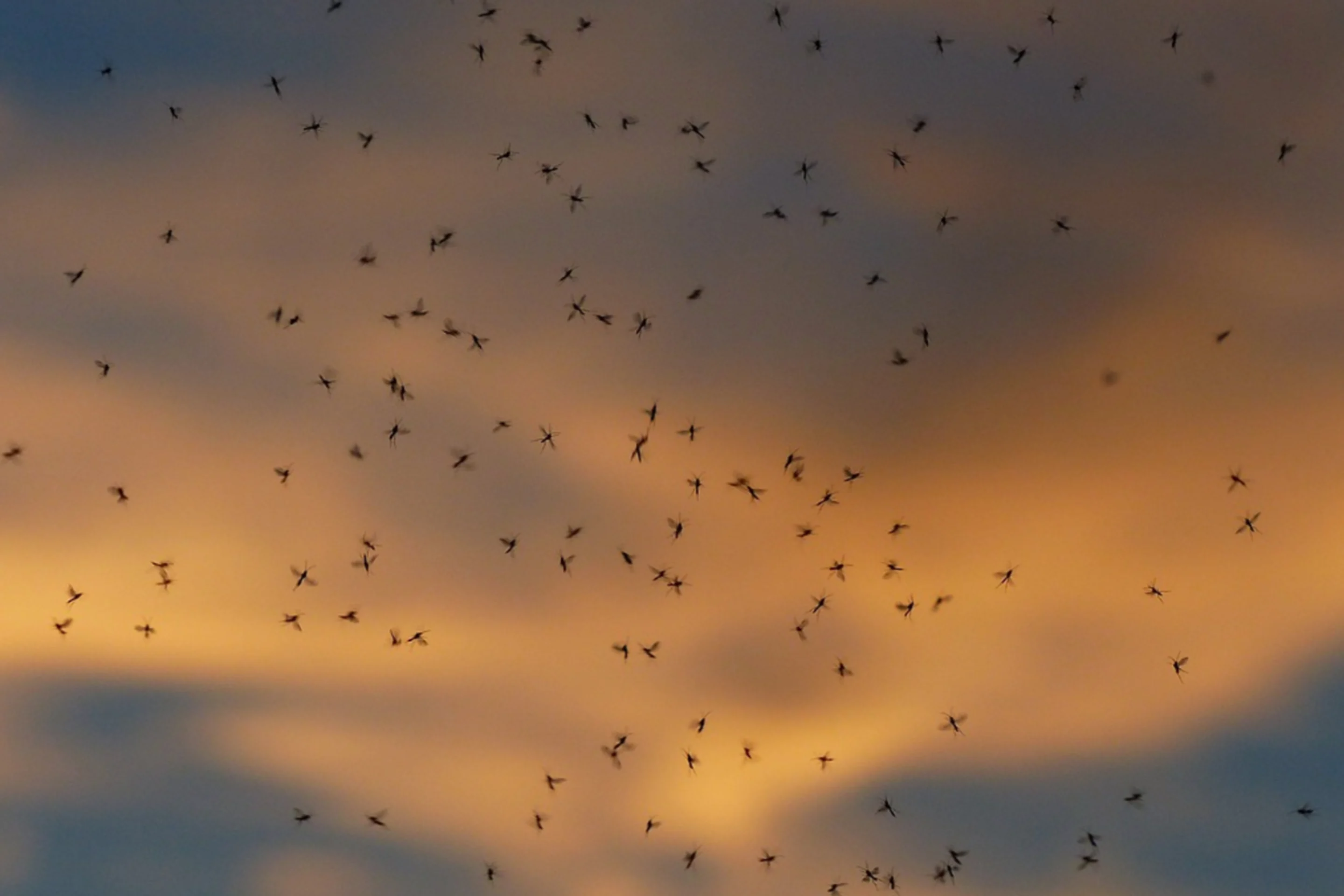
WHO prepares for El Niño-linked spread of viral disease
(Reuters) - The World Health Organization is preparing for an increased spread of viral diseases like dengue, Zika and chikungunya linked to the El Niño weather phenomenon, the agency's director general Tedros Adhanom Ghebreyesus said on Wednesday.
El Niño, a warming of water surface temperatures in the eastern and central Pacific Ocean, has officially returned after three years of the La Nina climate pattern. This is likely to yield extreme weather later this year, from tropical cyclones spinning toward vulnerable Pacific islands to heavy rainfall in South America to drought in Australia and in some parts of Asia.
"WHO is preparing for the very high probability that 2023 and 2024 will be marked by an El Niño event, which could increase transmission of dengue and other so called arboviruses, such as Zika and chikungunya," Ghebreyesus said.
WATCH: How El Niño could impact any major storms coming to Canada
RELATED: El Niño is here for the summer—but how strong will it grow?
The WHO chief also warned that climate change is fuelling the breeding of mosquitoes, and incidence of dengue has already risen sharply in recent decades, particularly in the Americas.
Peru has declared a state of emergency in most regions this year and its health minister Rosa Gutierrez last week resigned amid a surge in cases of dengue. The disease is transmitted through the bites of aedes aegypti mosquitoes, with symptoms that include fever, eye, head, muscle and joint pain, nausea, vomiting and fatigue.
WATCH: Dengue fever is on the rise in North America, how weather impacts the spread
(Reporting by Leroy Leo in Bengaluru and Jennifer Rigby in London; editing by Frank Jack Daniel and Philippa Fletcher)
Header image credit: Pixabay/Hans









